
USB4 Cable Specifications: The Future of High-Speed Connectivity
Introduction As technology continues to evolve, the demand for faster, more efficient connectivity solutions has become critical for businesses and
An optical HDMI cable is a type of wire that carries both video data and audio from one device to another. Data travels from the source device to the optical HDMI converter, then into a fiber-optic network, through a wall or floor to another endpoint which generates the wireless signal that’s decoded by the destination device.
Optical HDMI cables are different from the traditional copper wire paths found in most common cables, including Ethernet cables and coaxial cables because they use light pulses as opposed to electrical currents. Not only does this eliminate interference effects due to voltages induced by other sources such as power lines or radiofrequency signals from neighbors or cell towers, but it also allows higher resolution images to be sent, with the same quality as if it were physically connected by a wire.
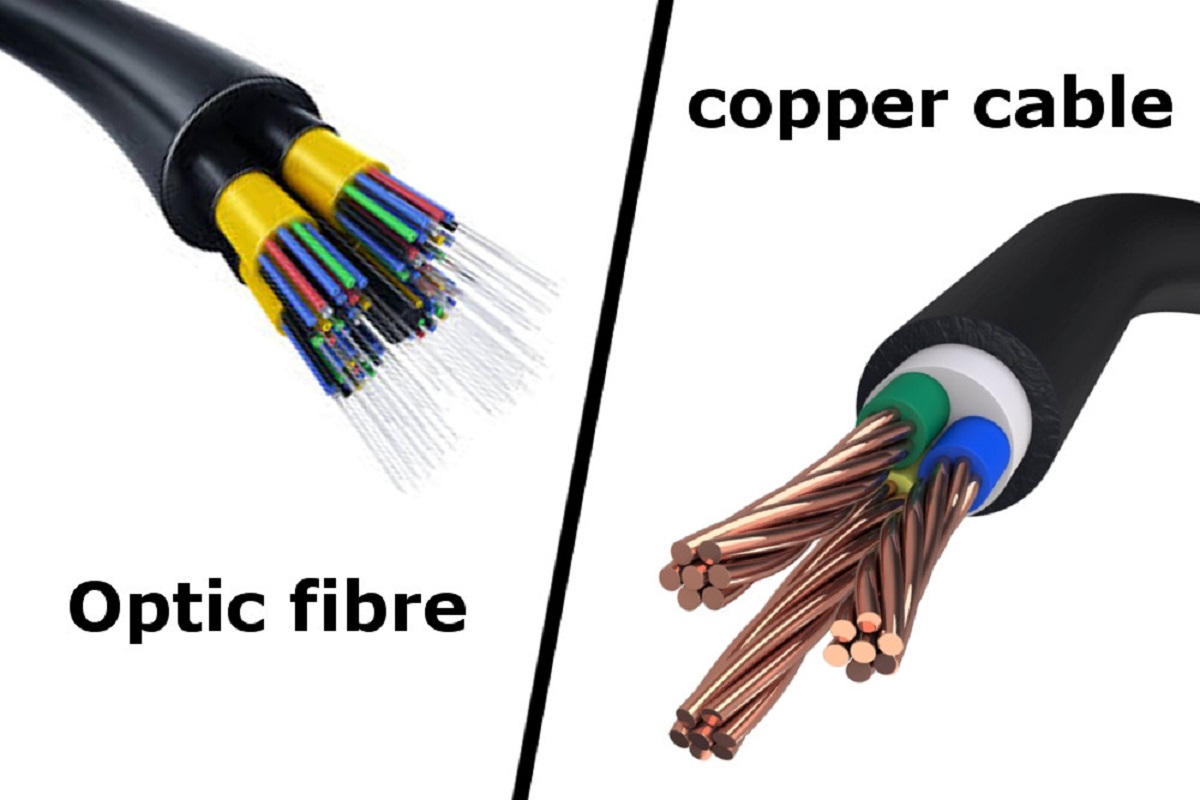
When it comes to common copper wire, there are several problems associated with its use:
Loss of data over distance – Voltage drop occurs over long distances which causes the digital 1’s and 0’s to become distorted. This causes errors in playback, rendering images with a reduced sharpness than originally intended.
Cross talk – Electrical signals induced by stray electromagnetic fields can become significant, causing crosstalk between digital signals being transmitted over the same wire. This same effect also occurs in optical cables, but because it uses light pulses instead of electric currents to transfer data, its overall signal degradation is negligible.
Since optical transmissions rely on light pulses rather than electric currents, they do not have any of the problems associated with typical copper wire paths such as attenuation loss caused by voltage drop over distance and distortion from electromagnetic signals. Even privacy is improved as crosstalk between multiple channels is prevented.

An optical cable manufactured for transmitting video data operates very differently from the typical copper wire found in common cables li Ethernet and coaxial cables. For an optical fiber cable, there are basically three components:
– A transmitter at the source device side
– A receiver at the sink (destination) device side
– A fiber optic link between these two devices consists of armored fiber and connectors.
An optical transmitter is just like any other semiconductor diode that emits photons when it’s forward biased by a voltage drop across the PN junction of the diode (i.e. when the anode is at a higher voltage than the cathode). The difference lies in how multiple semiconductor diodes are connected together to form a laser diode that emits light pulses in the infrared spectrum with low power consumption and high reliability, suitable for long-distance transmissions of high-speed digital data.
Once transmitted through the fiber optic link, the light is received by a receiver consisting of one or more photodiodes which convert it back into electrical signals. These electrical signals are then decoded by an embedded logic circuit to generate video/audio data streams that can be interpreted by display devices such as LCD or speaker systems.
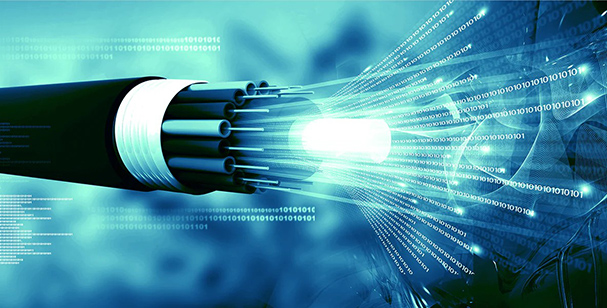
Optical HDMI cables are manufactured through a process of inserting optical fibers into a plastic or metal enclosure. The fibers are then threaded through a ferrule, which is a small metal cylinder that helps to protect the fiber. Once the fibers are in place, they are then covered in a protective coating. This entire process is what creates the internal structure of the cable.
After the internal structure is created, the next step is to add the external coating. This can be done in one of two ways: either by dipping the cable into a vat of coating material or by spraying it on. The vat method is generally used for smaller cables, while the spray method is most commonly used for larger cables.
Once the external coating is added, the final step in creating the cable is to install data connectors. These are generally attached after the cable has been tested for continuity and performance, but before it is sealed in its enclosure.
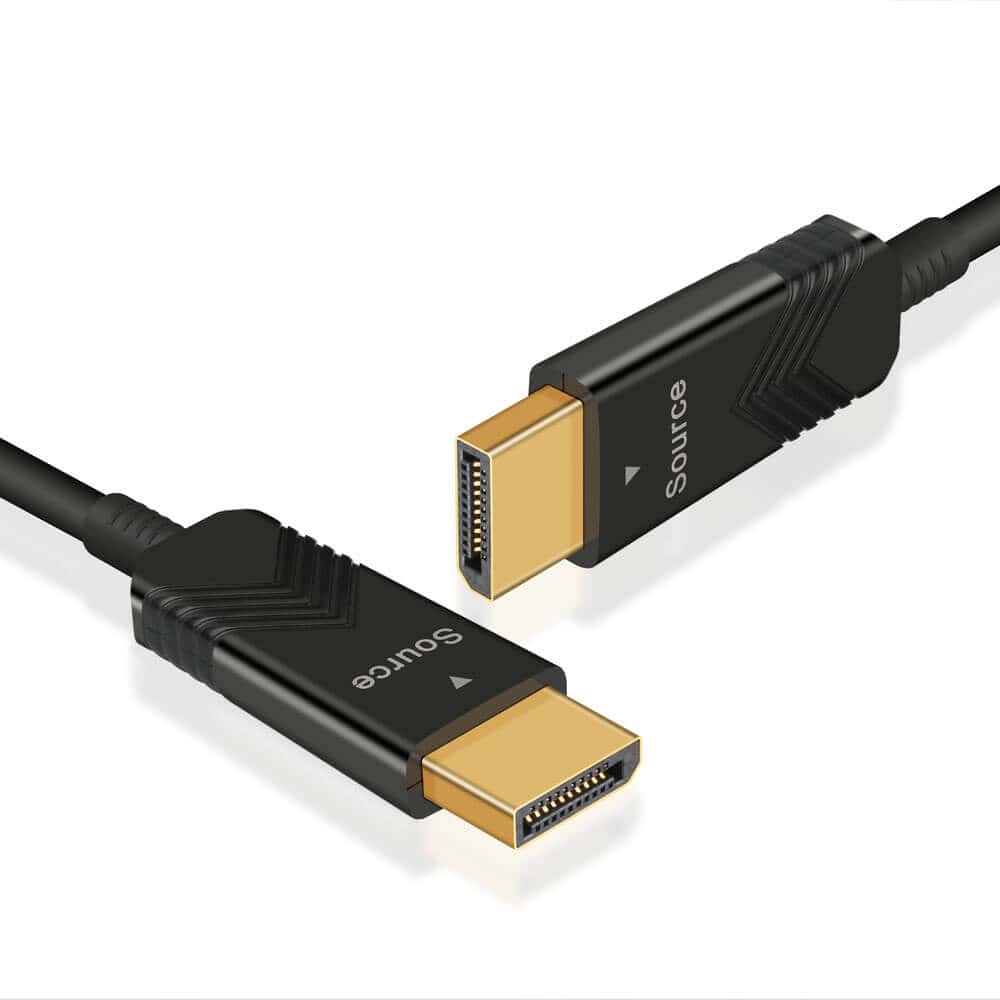
The materials used in the construction of optical HDMI cables are typically more expensive than the materials used to make traditional HDMI cables. However, the benefits of using optical HDMI cables typically outweigh the costs. Some of the benefits include:
Optical HDMI cables provide more bandwidth than traditional HDMI cables. This means that data can be transferred between devices at greater speeds.
As with increased bandwidth, the improvement in picture quality is due to the transfer of information is done optically rather than electronically.
If there are issues with interference, optical cables are less susceptible to electrical noise because they do not contain any metallic wiring.
Because of these benefits, it is worthwhile for consumers to pay slightly more for an optical HDMI cable over a traditional one.
The quality of an optical HDMI cable is incredibly important, as the signal must be perfect in order to ensure a clear image. There are a number of quality control measures that are taken during the manufacturing process to ensure that each cable meets the highest standards.
One of the most important steps is testing the cables. Each cable is tested for interference, signal loss, and other issues before it is packaged and shipped to customers. This ensures that you get a high-quality product that will work flawlessly with your devices.
Additionally, the cables are made from premium materials to ensure that they can withstand regular use. The connectors are also plated to provide better connectivity and prevent corrosion. This helps to ensure a long life for each cable.
Optical cables can be manufactured to use different wavelengths of light which are mainly infrared and visible light:
The most popular type of optical HDMI cable utilizes infrared technology in a plastic fiber-optic core. The core provides a clear digital transmission for all audio and video signals being sent through it. To add protection from outside interference, the internal components are contained within a high-density metal shield. The connectors on either end are equipped with gold plating that makes them corrosion-resistant and reliable enough to withstand regular use without compromising their quality or performance capabilities. These cables can be used indoors or outdoors. They provide some protection against external factors such as water damage or extreme temperatures, but they aren’t completely reliable for this purpose.
Optical HDMI cables often utilize infrared technology to send signals across long distances, but visible light optical technologies are also available. The most common of these is the TOSLINK cable, which utilizes a standard single-mode fiber-optic core that can be made out of either plastic or glass. Due to the size of the core, it only carries the data one way (unidirectional). It’s capable of transmitting up to eight channels at once while offering superior picture and sound quality when compared with traditional copper HDMI cables. These types of cables should never be used for anything other than digital audio transmissions; if they’re exposed to water or external interference, they may not work properly.
There are other types of optical HDMI cables in use, such as ones made from laser-guided glass or quartz fibers. Numerous providers manufacture these products and offer them in a variety of formats that can suit your specific needs. All of the same rules apply to their performance and reliability; it all depends on the specifications you’re looking for.

All-optical HDMI cables are not created equal. In order to ensure the highest quality product, it is important to seek out cables that have been certified by major testing organizations such as the HDMI Association, TAA, and UL. These certification organizations test the cable to ensure that it adheres to quality standards for key HDMI performance factors.
There are several parameters that must be closely monitored when manufacturing an optical HDMI cable such as insertion loss, return loss, polarization mode dispersion, and VxH ratio. All these parameters are important for the cable manufacturer to attain, as having a quality optical cable is critical for long-term reliability to the consumer. Without certification, it is difficult to verify how well the cable was made, and whether or not it will work with your device. If you have an HDMI fiber optic cable that is not certified by any of the above organizations, there are only two possibilities: either it is substandard, or substandard devices are being manufactured that require substandard cables in order to function properly.
Although optical HDMI cables have a lot of benefits, there are a few drawbacks to using them. One of the main drawbacks is that they can be more expensive than traditional HDMI cables. They also require a specific port on your TV or device in order to work, so if you do not have that port, you will not be able to use an optical HDMI cable. Unlike traditional HDMI cables, there are currently no optical HDMI cables that come with a warranty. Optical HDMI cables also have shorter active signal ranges than their traditional counterparts.
The specific length of the optical HDMI cable will depend on the specifications of your TV or device, as some TVs and devices support longer signals than others. If you want to know how long an optical HDMI cable can be, you should contact the manufacturer of your specific device or TV.
An Optical HDMI cable would benefit any type of user who is either looking to distribute or receive high-quality audio and video. Unlike traditional HDMI cables, the Optical HDMI cable has zero interference which means there is no loss in picture quality when viewing Ultra HD Blu-rays, PS4/Xbox One gaming, 4K streaming services, 3D content, etc. The main goal of the Optical HDMI cable is to provide exceptional picture and sound that leaves nothing left to be desired.
The most important feature of an Optical fiber HDMI cable is its ability to transfer data without being affected by external interference which allows for a high signal-to-noise ratio (SNR). There is also no scaling or delay which means that the audio and video data is delivered in full digital RGB and RGBHV, without converting the signal to and from DVI.
An Optical HDMI cable can handle resolutions up to 4K at 60Hz with a color depth of up to 16 bits per channel. The cable also offers built-in optional EDID copy protection so there is less chance of compatibility issues occurring.
The active part refers to the cable’s ability to boost the HDMI signals while reducing noise interference. This gives you better picture quality since traditional patches cables do not have this type of technology built-in. Active optical cables can transmit data at high speeds over long distances.
If you’re looking for the best possible audio and video quality, an optical HDMI cable is a way to go. With its superior signal transmission, lack of interference, and crystal-clear picture and sound, it’s no wonder that this type of cable has become so popular among movie buffs and home theater enthusiasts. We highly recommend that you source your optical HDMI cables from Edom Electronics. They offer the best prices for lightweight, flexible, and long-range fiber optic HDMI cables that deliver crystal clear video and audio to easily connect your devices at distances up to 325 feet (100 meters) away with minimum signal loss even over twisted pair cabling (like cat 5e or cat 6). So if you’re ready to experience the ultimate in-home entertainment technology, order your optical HDMI cables today!

Introduction As technology continues to evolve, the demand for faster, more efficient connectivity solutions has become critical for businesses and
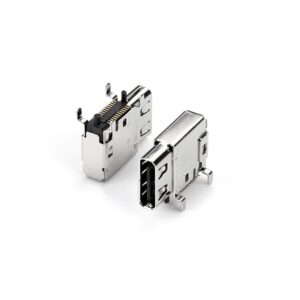
Understanding the Evolution of USB Connectors In today’s technology-driven world, USB (Universal Serial Bus) connectors are an integral part of
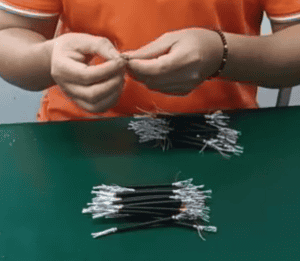
At EDOM Electronics, we take pride in our meticulous approach to manufacturing high-quality USB C to C cables. Today, we’re
WhatsApp us
